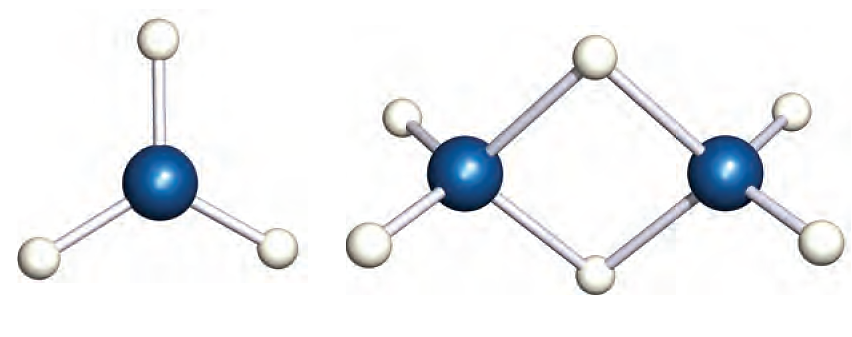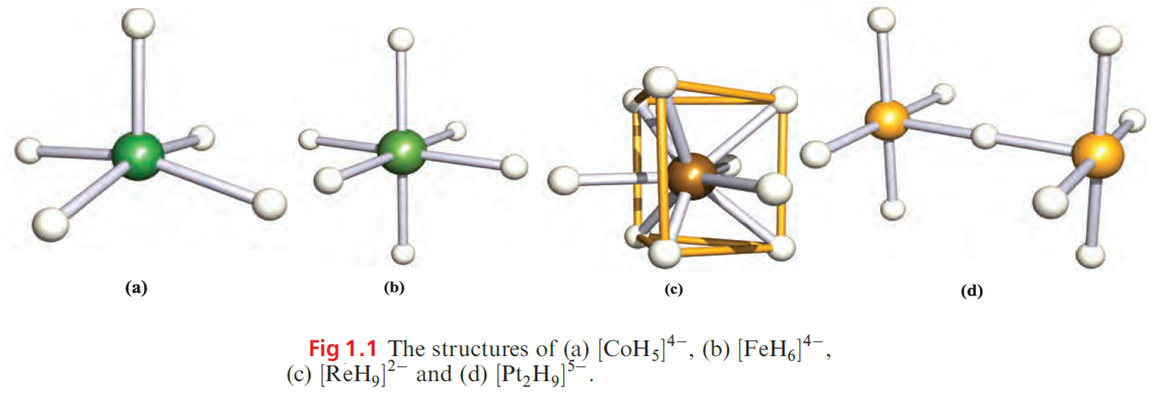

علم الكيمياء

تاريخ الكيمياء والعلماء المشاهير

التحاضير والتجارب الكيميائية

المخاطر والوقاية في الكيمياء

اخرى

مقالات متنوعة في علم الكيمياء

كيمياء عامة


الكيمياء التحليلية

مواضيع عامة في الكيمياء التحليلية

التحليل النوعي والكمي

التحليل الآلي (الطيفي)

طرق الفصل والتنقية


الكيمياء الحياتية

مواضيع عامة في الكيمياء الحياتية

الكاربوهيدرات

الاحماض الامينية والبروتينات

الانزيمات

الدهون

الاحماض النووية

الفيتامينات والمرافقات الانزيمية

الهرمونات


الكيمياء العضوية

مواضيع عامة في الكيمياء العضوية

الهايدروكاربونات

المركبات الوسطية وميكانيكيات التفاعلات العضوية

التشخيص العضوي

تجارب وتفاعلات في الكيمياء العضوية


الكيمياء الفيزيائية

مواضيع عامة في الكيمياء الفيزيائية

الكيمياء الحرارية

حركية التفاعلات الكيميائية

الكيمياء الكهربائية


الكيمياء اللاعضوية

مواضيع عامة في الكيمياء اللاعضوية

الجدول الدوري وخواص العناصر

نظريات التآصر الكيميائي

كيمياء العناصر الانتقالية ومركباتها المعقدة


مواضيع اخرى في الكيمياء

كيمياء النانو

الكيمياء السريرية

الكيمياء الطبية والدوائية

كيمياء الاغذية والنواتج الطبيعية

الكيمياء الجنائية


الكيمياء الصناعية

البترو كيمياويات

الكيمياء الخضراء

كيمياء البيئة

كيمياء البوليمرات

مواضيع عامة في الكيمياء الصناعية

الكيمياء الاشعاعية والنووية
Molecular hydrides and complexes derived from them
المؤلف:
CATHERINE E. HOUSECROFT AND ALAN G. SHARPE
المصدر:
Inorganic Chemistry
الجزء والصفحة:
p 253
9-1-2018
1589
Molecular hydrides and complexes derived from them
Covalent hydrides with molecular structures are formed by the p-block elements in groups 13 to 17 with the exception of Al and Bi; BiH3 is thermally unstable, decomposing above 198 K, and little is known about PoH2.
Hydrides of the halogens, sulfur and nitrogen are prepared by reacting these elements with H2 under appropriate conditions the remaining hydrides are formed by treating suitable metal salts with water, aqueous acid or NH4Br in liquid NH3, or by use of [BH4]- or [AlH4]-, e.g. reaction 9.34. Specific syntheses are given in later chapters. Most molecular hydrides are volatile and have simple structures which comply with VSEPR theory. However, BH3 although known in the gas phase, dimerizes to give B2H6 and GaH3 behaves similarly.

Anionic molecular hydrido complexes of p-block elements include tetrahedral [BH4]- and [AlH4]-. Both LiAlH4 and NaAlH4 slowly decompose to give Li3AlH6 and Na3AlH6, respectively, and Al. Because it is difficult to locate H atoms in the presence of heavy atoms it is common to determine structures of deuterated analogues. Both Li3AlD6 and Na3AlD6 contain isolated octahedral [AlD6]3- ions. Molecular hydrido complexes are known for d-block metals from groups 7–10 (excluding Mn) and counter-ions are commonly from group 1 or 2, e.g. K2ReH9, Li4 RuH6, Na3RhH6, Mg2RuH4, Na3OsH7 and Ba2PtH6. In the solid state structures of these compounds (the determination of which typically makes use of deuterated analogues), isolated metal hydrido anions are present with cations occupying the cavities between them. The [NiH4]4- ion in Mg2NiH4 is tetrahedral. X-ray diffraction data have confirmed a square-based pyramidal structure for [CoH5]4- (Figure 1.1a), and [IrH5]4- adopts an analogous structure. These pentahydrido complexes have been isolated as the salts Mg2CoH5 and M2IrH5 (M= Mg, Ca or Sr). Alkaline earth metal ions have also been used to stabilize salts containing octahedral [FeH6]4- , [RuH6]4- and [OsH6]4- (Figure 1.1b). Isolated H- and octahedral [ReH6]5_ ions are present in Mg3ReH7. However, in the solid state, Na3OsH7 and Na3RuH7 contain pentagonal bipyramidal [OsH7]3- and [RuH7]3- anions, respectively. The reaction of Na[ReO4] with Na in EtOH yields Na2ReH9, and the K and [Et4N] salts have been prepared by metathesis from Na2ReH9. The hydrido complex K2TcH9 can be made from the reaction of [TcO4]- and potassium in EtOH in the presence of 1,2-ethanediamine. Neutron diffraction data for K2[ReH9] have confirmed a 9- coordinate Re atom in a tricapped trigonal prismatic environment (Figure 1.1c); [TcH9]2- is assumed to be similar to [ReH9]2-. Despite there being two H environments in [ReH9]2- , only one signal is observed in the solution 1H NMR spectrum indicating that the dianion is stereochemically non-rigid on the NMR spectroscopic timescale. Palladium(II) and platinum(II) form the square planar [PdH4]2- and [PtH4]2- . The salt K2[PtH4] is made by reacting Pt with KH under H2 (1–10 bar, 580–700 K). ‘K3PtH5’ also forms in this reaction, but structural data show that this contains [PtH4]2- and H- ions. A high pressure of H2 is also needed to form Li5[Pt2H9] but, once formed, it is stable with respect to H2 loss; the structure of [Pt2H9]5- is shown in Figure 1.1d. The Pt(IV) complex K2[PtH6] results if KH and Pt sponge are heated (775 K) under 1500–1800 bar H2; neutron diffraction confirms that deuterated [PtD6]2- is octahedral. The linear [PdH2]2- ion is present in Na2PdH2 and Li2PdH2, and contains Pd(0). The reaction of KH with Pd sponge at 620K yields a compound of formula K3PdH3; neutron diffraction data show that this contains isolated H- and linear [PdH2]2- ions.

 الاكثر قراءة في الجدول الدوري وخواص العناصر
الاكثر قراءة في الجدول الدوري وخواص العناصر
 اخر الاخبار
اخر الاخبار
اخبار العتبة العباسية المقدسة

الآخبار الصحية















 قسم الشؤون الفكرية يصدر كتاباً يوثق تاريخ السدانة في العتبة العباسية المقدسة
قسم الشؤون الفكرية يصدر كتاباً يوثق تاريخ السدانة في العتبة العباسية المقدسة "المهمة".. إصدار قصصي يوثّق القصص الفائزة في مسابقة فتوى الدفاع المقدسة للقصة القصيرة
"المهمة".. إصدار قصصي يوثّق القصص الفائزة في مسابقة فتوى الدفاع المقدسة للقصة القصيرة (نوافذ).. إصدار أدبي يوثق القصص الفائزة في مسابقة الإمام العسكري (عليه السلام)
(نوافذ).. إصدار أدبي يوثق القصص الفائزة في مسابقة الإمام العسكري (عليه السلام)


















